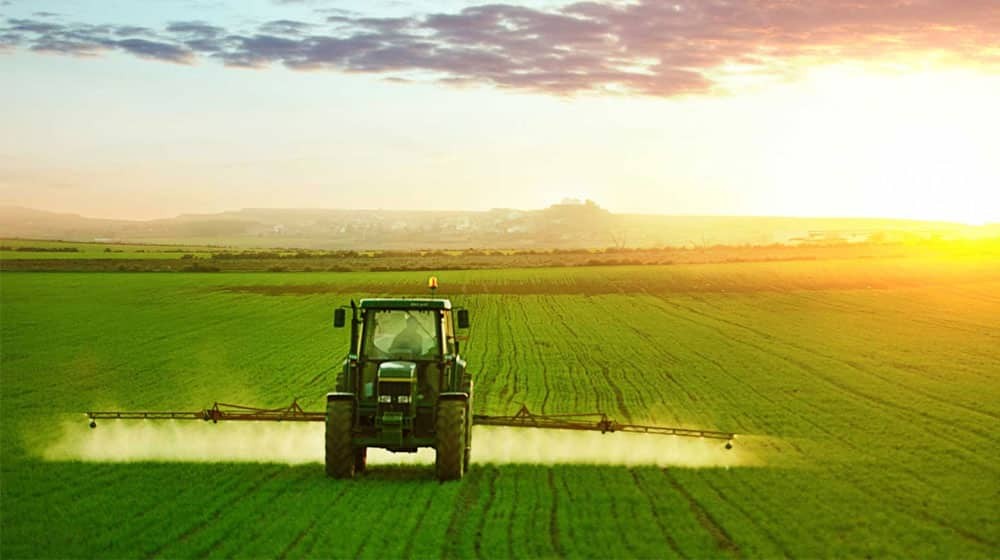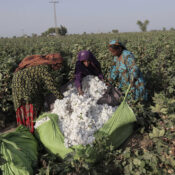
Sustainable Land Use and Profitable Livestock Farming
Introduction:
The growing concern for sustainable land use practices and the need for profitable farming methods has led to the emergence of silvopasture as a viable solution. Silvopasture is a land management practice that integrates livestock farming with the cultivation of trees and shrubs. This essay will delve into the concept of silvopasture, its benefits, and how it can contribute to sustainable agriculture and profitable livestock farming.
What is Silvopasture?
Silvopasture combines the concepts of forestry, agriculture, and animal husbandry to create a sustainable land use system. It involves the intentional planting of trees and shrubs in pasturelands to provide shade, forage, and other benefits to grazing animals. This integration of trees and livestock provides multiple benefits, both environmentally and economically.
Environmental Benefits of Silvopasture:
- Climate Change Mitigation: Trees sequester carbon dioxide from the atmosphere, helping to reduce greenhouse gas emissions and mitigate climate change. Silvopasture systems have been found to reduce greenhouse gas emissions from livestock farming significantly.
- Soil Health Improvement: Trees help prevent soil erosion and improve soil structure through their deep root systems. Their roots also help to enhance water infiltration, reducing the risk of runoff and nutrient loss. This improves soil health, leading to increased fertility and productivity.
- Biodiversity Conservation: Silvopasture creates a habitat for various plant and animal species, promoting biodiversity and ecological balance. By providing a more diverse and heterogeneous landscape, it allows for the coexistence of multiple species.
- Water Quality Protection: Trees act as natural filters, absorbing and retaining excess nutrients and pollutants, thereby protecting water bodies from contamination. Silvopasture systems help prevent nutrient-rich runoff, reducing the risk of water pollution.

Economic Benefits of Silvopasture:
- Increased Productivity: The integration of trees and shrubs in pasturelands provides additional forage options for livestock, enhancing their diet and improving their overall health. Studies have shown that silvopasture systems can increase livestock productivity, leading to higher profits for farmers.
- Diversification of Income: Silvopasture allows farmers to generate additional income from timber and non-timber forest products such as fruits, nuts, and medicinal plants. This diversification reduces dependence on a single income source and spreads the financial risk.
- Reduced Input Costs: By providing natural shade, trees in silvopasture systems reduce the need for artificial shade structures, resulting in lower initial investment and ongoing maintenance costs. Additionally, the improved soil health and fertility reduce the need for synthetic fertilizers and pesticides.
- Carbon Credit Opportunities: Silvopasture is eligible for carbon credit programs, allowing farmers to earn additional income through carbon sequestration. These programs provide financial incentives for farmers to adopt sustainable land management practices and contribute to climate change mitigation efforts.

Challenges and Potential Solutions:
While silvopasture offers numerous benefits, its implementation may face certain challenges. These challenges include limited knowledge and awareness, potential conflicts between tree growth and livestock management, and the initial investment required for tree planting. However, these challenges can be overcome through education and training programs, integrated management strategies, and financial support from government and private sector stakeholders.
Conclusion:
Silvopasture is a sustainable land use practice that offers both environmental and economic benefits. By integrating trees and grazing animals, it contributes to climate change mitigation, soil health improvement, biodiversity conservation, and water quality protection. Moreover, it provides opportunities for increased productivity, diversification of income, reduced input costs, and carbon credit earnings. Embracing silvopasture can lead to a more sustainable and profitable future for livestock farming, ensuring the long-term viability of the agricultural sector.
All Categories
- Agricultural Methods
- Agriculture and Women Small Farmers Rights Awareness
- Climate Change
- Disable and Human Rights
- Disable Jobs
- Donation
- Education
- Health Issues
- Organic Foods
- Organic Vegetables
- Orphans Children
- Plastic production and disposal
- Services
- Sinking in Scarcity
- Success Stories
- Uncategorized
- Waste Management
- Women Rights
- Youth Empowerment




